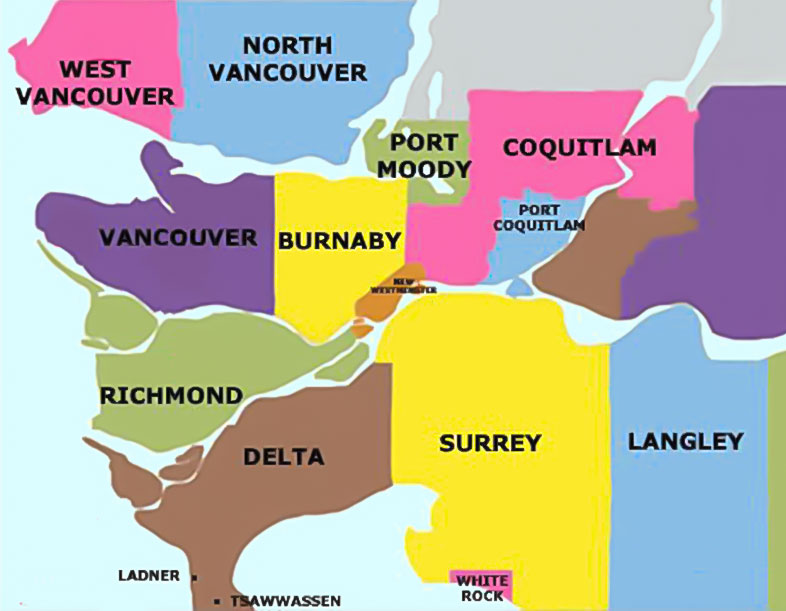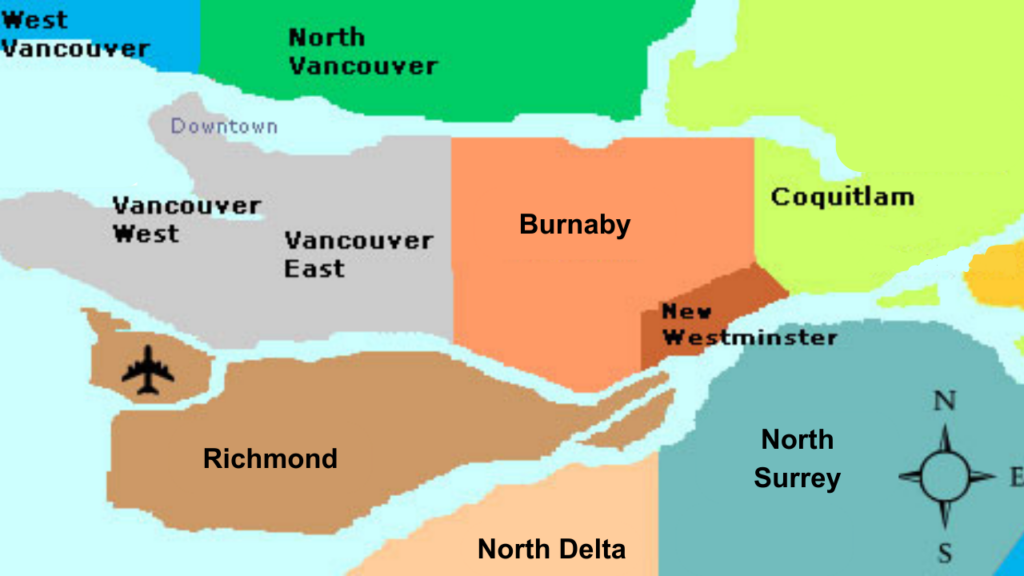Temporomandibular disorders (TMD) encompass a range of debilitating conditions affecting the temporomandibular joint (TMJ) and related structures, often manifesting as jaw pain, limited jaw movement, and functional impediments. This blog post delves into the intricate landscape of TMD management, with a particular focus on the indispensable contribution of physiotherapy in post-surgical recovery.
- Understanding TMD: A Prevalent and Complex Concern
Before we embark on the therapeutic journey, it’s imperative to comprehend the multifaceted nature of TMD, a condition that significantly impacts a substantial portion of the population (1)-
- Pain Management: TMD often presents as varying degrees of discomfort, ranging from mild to severe.
- Restricted Jaw Mobility: Limited mouth opening is a hallmark symptom, impairing oral function.
- Challenges in Mastication: TMD can disrupt the ability to chew and eat comfortably.
-
- Surgical Interventions for Resistant TMD Cases
For individuals whose TMD symptoms persist despite conservative measures, surgical interventions become a viable option. These interventions encompass:-
- Arthrocentesis and Arthroscopy: These procedures target the underlying internal joint derangements, offering relief to individuals grappling with TMD symptoms. Their utility is supported by moderate-quality evidence (2).
- Open Joint Surgery: Reserved for severe and refractory TMD cases, open joint surgery entails extensive joint reconstruction and aligns with contemporary guidelines for such conditions (1).
- Condylotomy: A surgical procedure that is often considered when other interventions prove inadequate. It offers a unique advantage by avoiding intra-capsular alterations that might be encountered in alternative surgical procedures. Condylotomy can provide positive outcomes even when performed unilaterally, significantly benefiting both joints (3).
- Total Joint Replacement: In cases of severe and irreversible TMJ damage, total joint replacement may be the best course of action. This surgical procedure involves replacing the entire joint structure with prosthetic components, restoring functionality and alleviating pain (4).
- Nerve Decompression: An emerging surgical technique that addresses nerve compression issues in TMD. It aims to alleviate pain and enhance jaw function by relieving pressure on the affected nerves (5).
-
- Post-Surgical Rehabilitation: The Role of Physiotherapy
Post-surgical recovery is a critical phase in the management of TMD, and physiotherapy assumes a pivotal role in facilitating this process.
-
- Post-Surgical Physiotherapy’s Essential Functions: The objectives include the reduction of post-operative pain and inflammation, optimization of jaw mobility, strengthening of jaw muscles, restoration of overall oral function, and the enduring stability of the temporomandibular joint (5).
-
- A Case in Point: Real-World Success Story
To underscore the profound impact of post-surgical physiotherapy, let’s examine a genuine case study. Picture a patient grappling with TMD due to psoriatic arthritis, who underwent a surgical procedure called total joint replacement and nerve decompression following prosthetic oral rehabilitation. Subsequent to surgery, post-surgical physiotherapy played a pivotal role, leading to functional TMJ stability, pain alleviation, and the restoration of normal mouth opening (1).
From conservative approaches to surgical interventions, the management of temporomandibular disorders (TMD) is a holistic journey. Physiotherapy plays a central role in symptom mitigation and post-surgical rehabilitation. Collaborative efforts between healthcare professionals, including physiotherapists and oral surgeons, optimize outcomes and enhance quality of life for TMD patients. For those grappling with TMD, there’s a path to relief through this multidisciplinary approach aimed at restoring oral health and well-being.
REFERENCES:
- Tran, C et al. “Management of temporomandibular disorders: a rapid review of systematic reviews and guidelines.” International journal of oral and maxillofacial surgery vol. 51,9 (2022): 1211-1225. doi:10.1016/j.ijom.2021.11.009
- Rigon, Marcelo et al. “Arthroscopy for temporomandibular disorders.” The Cochrane database of systematic reviews ,5 CD006385. 11 May. 2011, doi:10.1002/14651858.CD006385.pub2
- Puricelli, Edela et al. “Clinical-surgical treatment of temporomandibular joint disorder in a psoriatic arthritis patient.” Head & face medicine vol. 9 11. 4 Apr. 2013, doi:10.1186/1746-160X-9-11
- Liu, Frederick, and Andrew Steinkeler. “Epidemiology, diagnosis, and treatment of temporomandibular disorders.” Dental clinics of North America vol. 57,3 (2013): 465-79. doi:10.1016/j.cden.2013.04.006
- Casazza, Geoffrey C et al. “Systematic Review of Facial Nerve Outcomes After Middle Fossa Decompression and Transmastoid Decompression for Bell’s Palsy With Complete Facial Paralysis.” Otology & neurotology : official publication of the American Otological Society, American Neurotology Society [and] European Academy of Otology and Neurotology vol. 39,10 (2018): 1311-1318. doi:10.1097/MAO.0000000000001979








